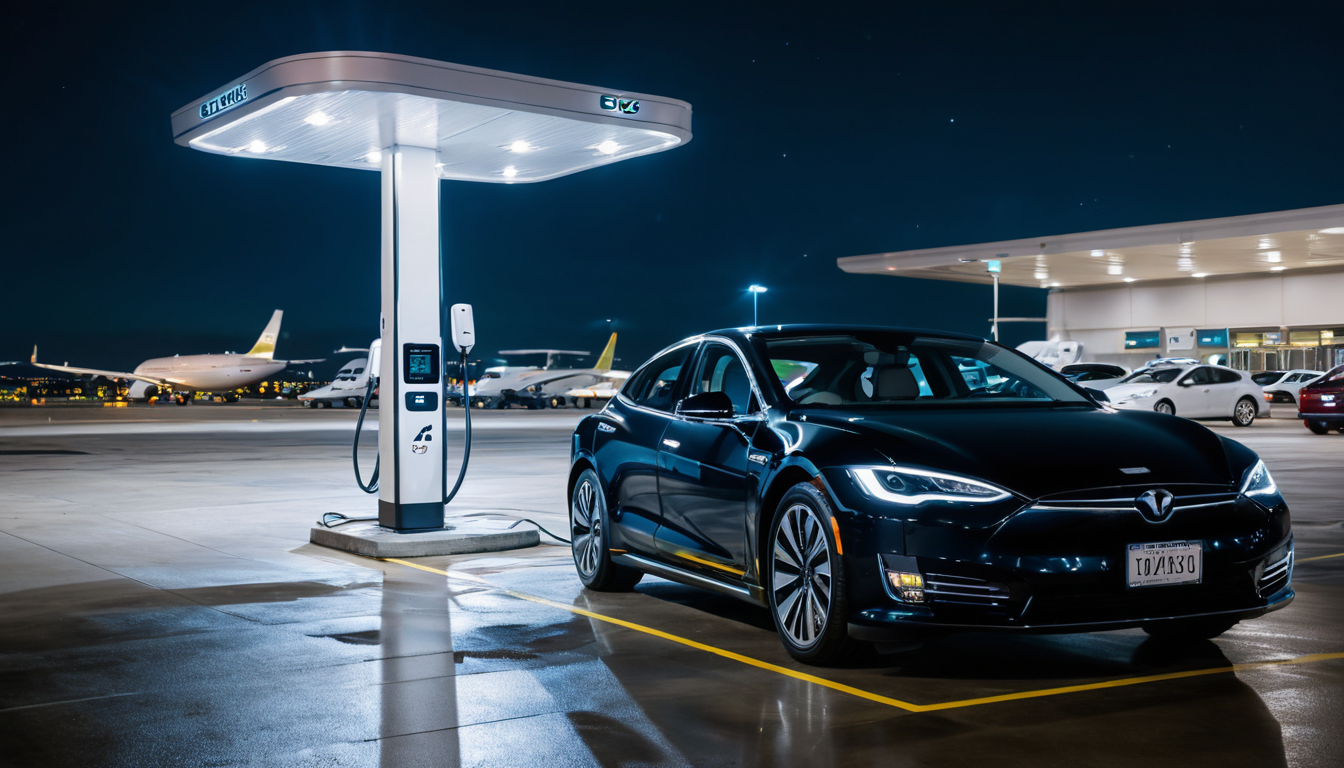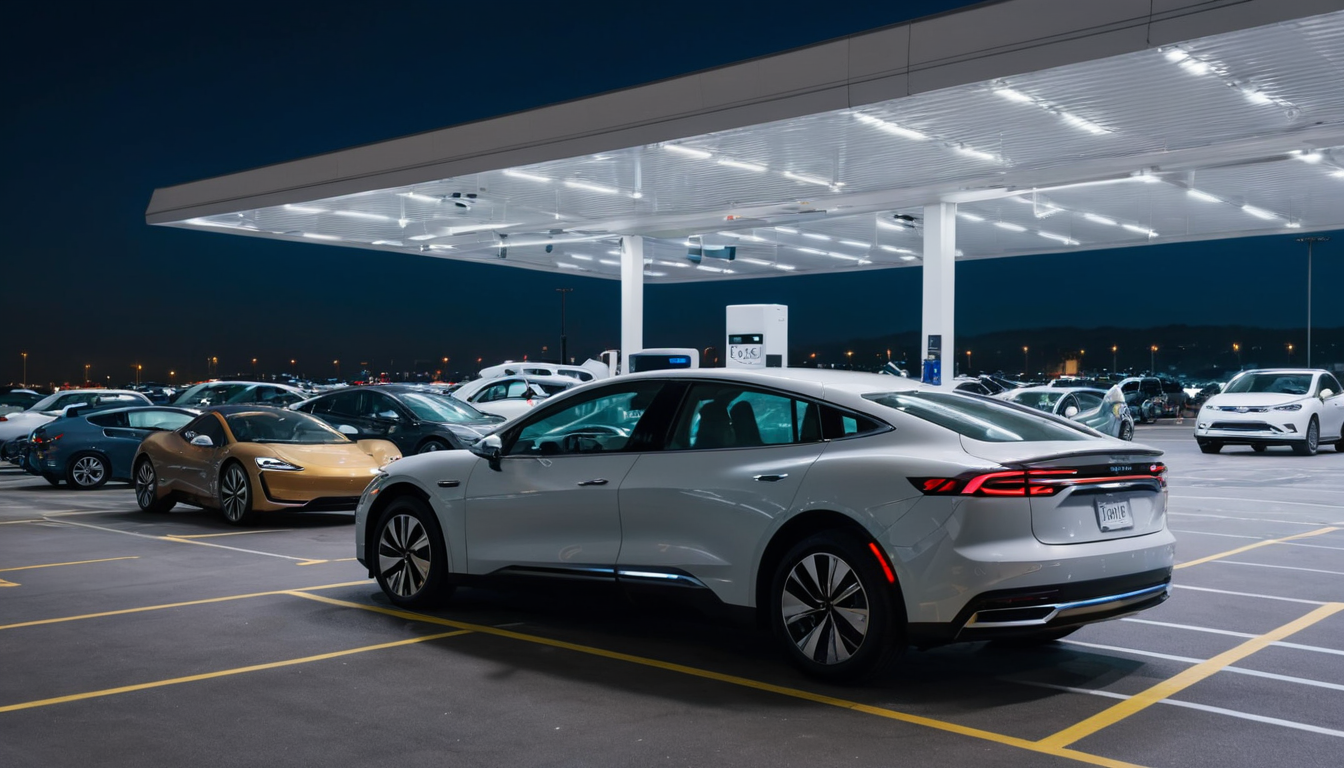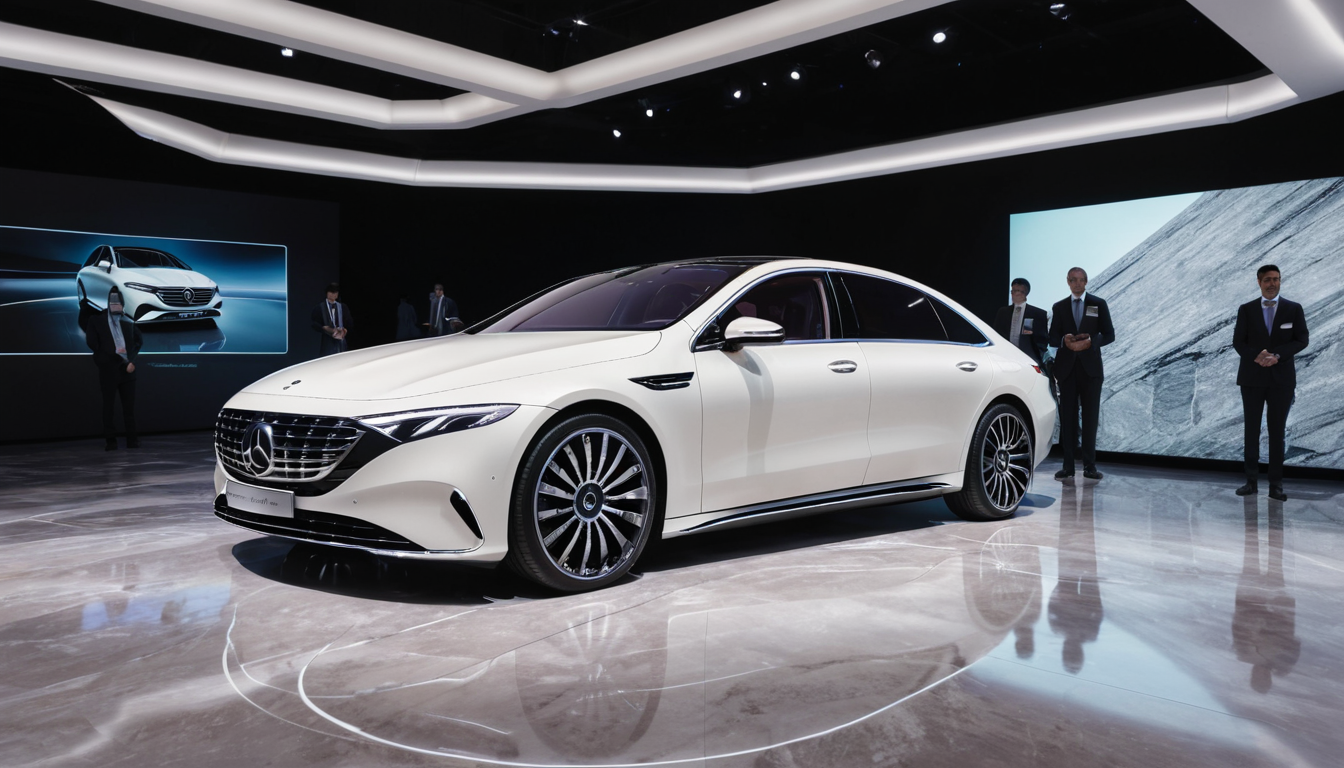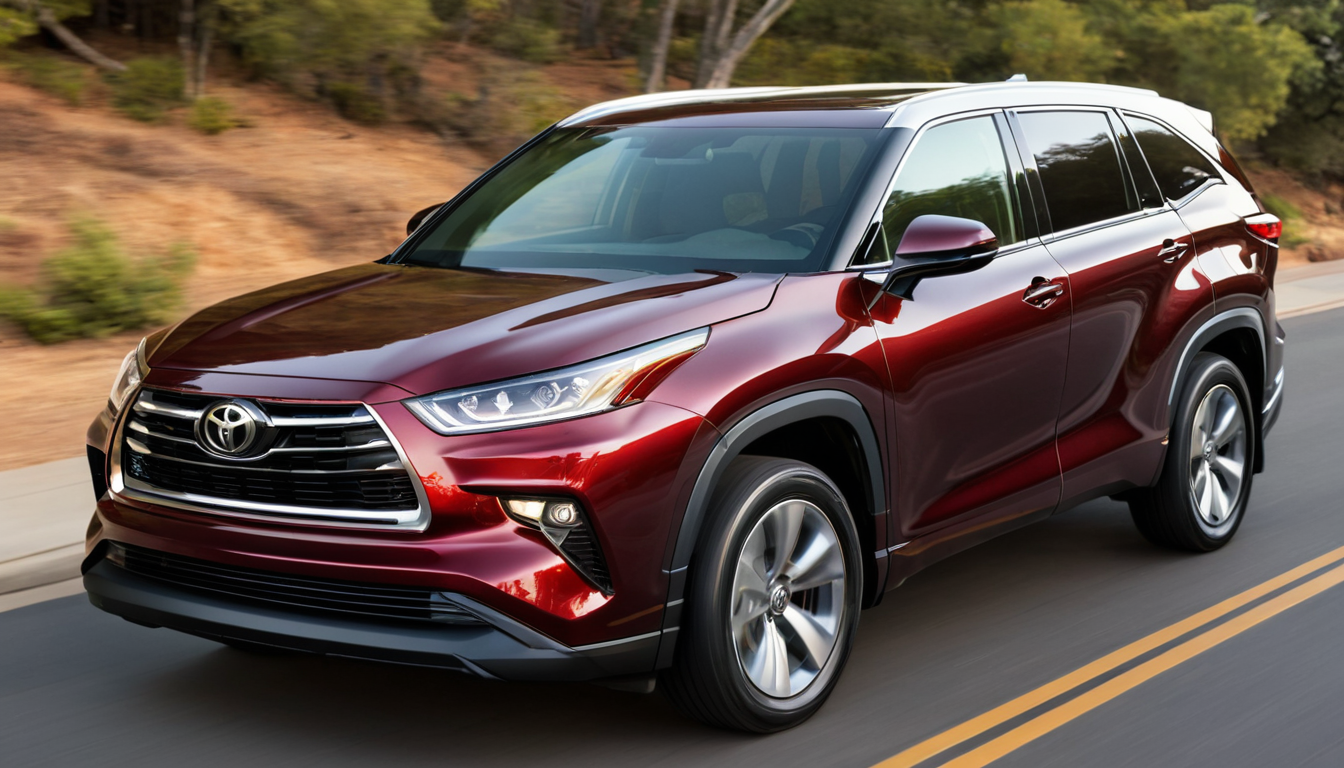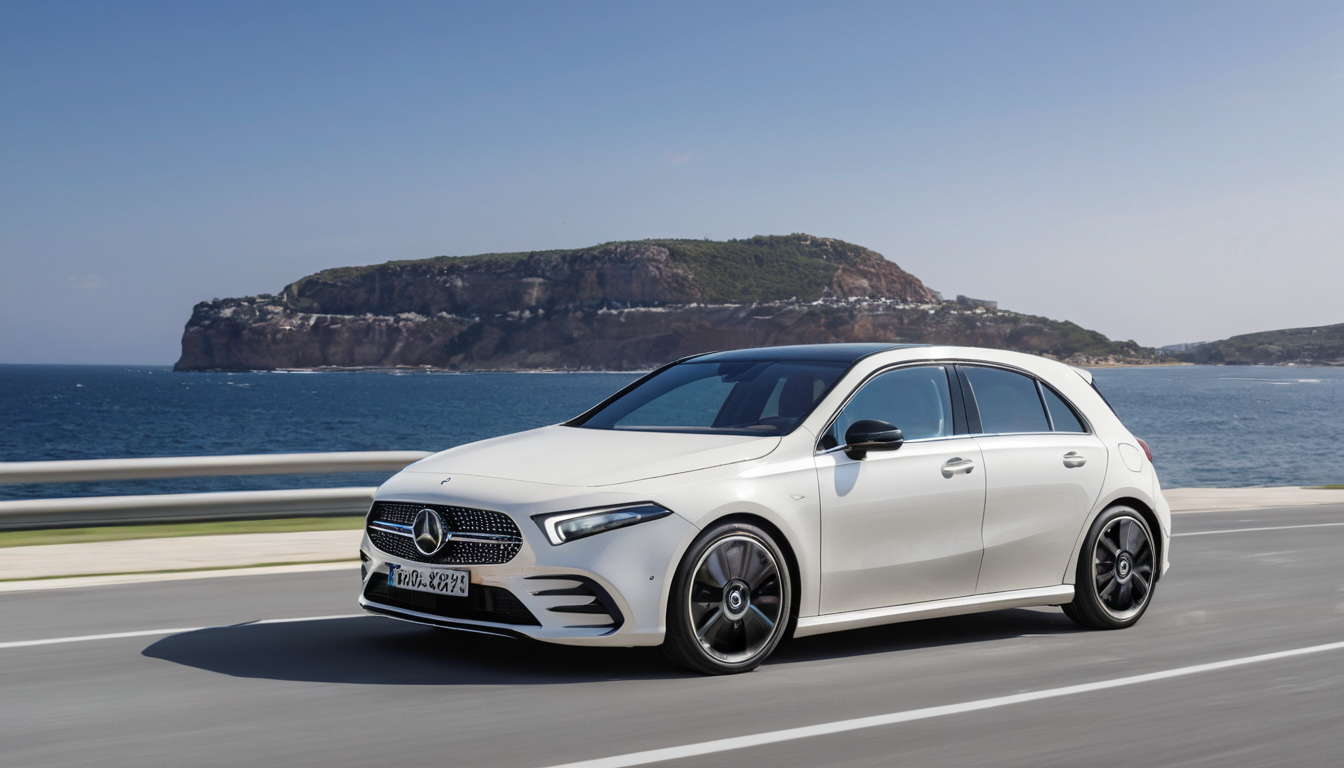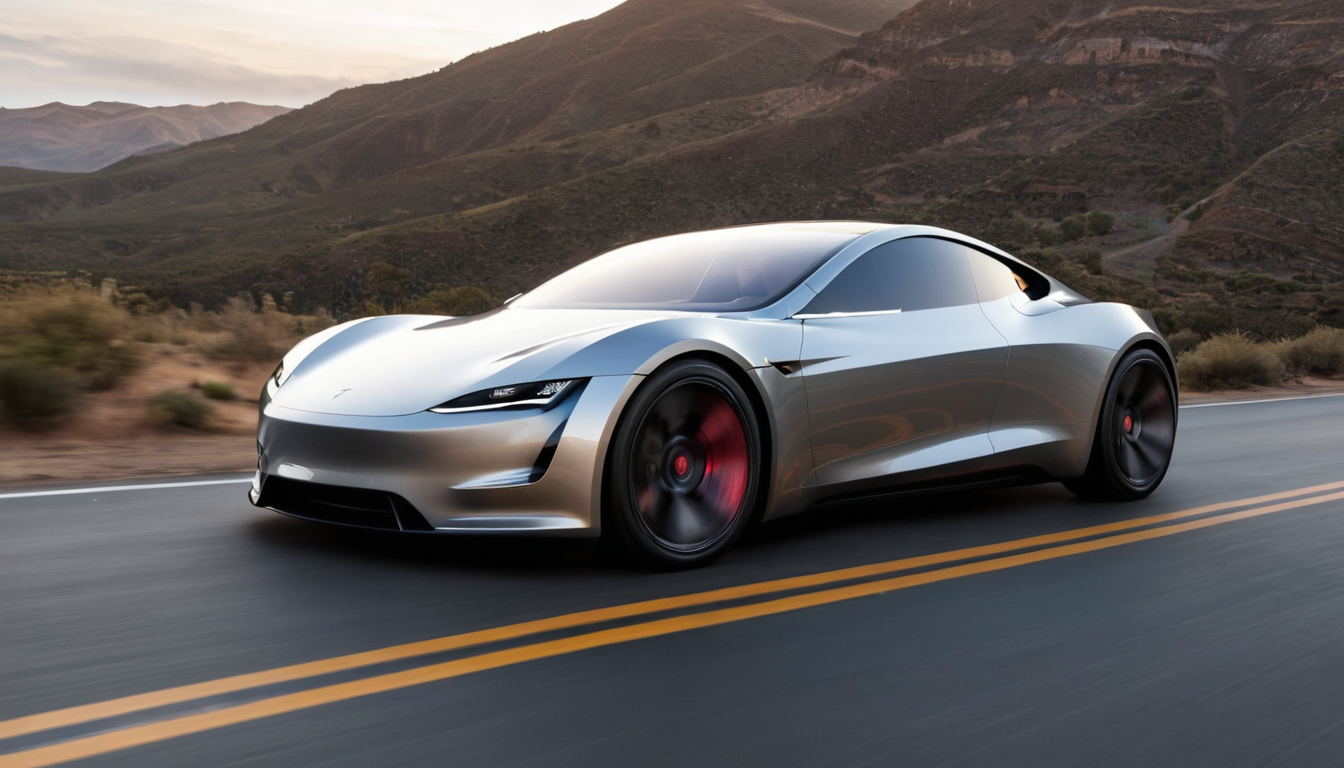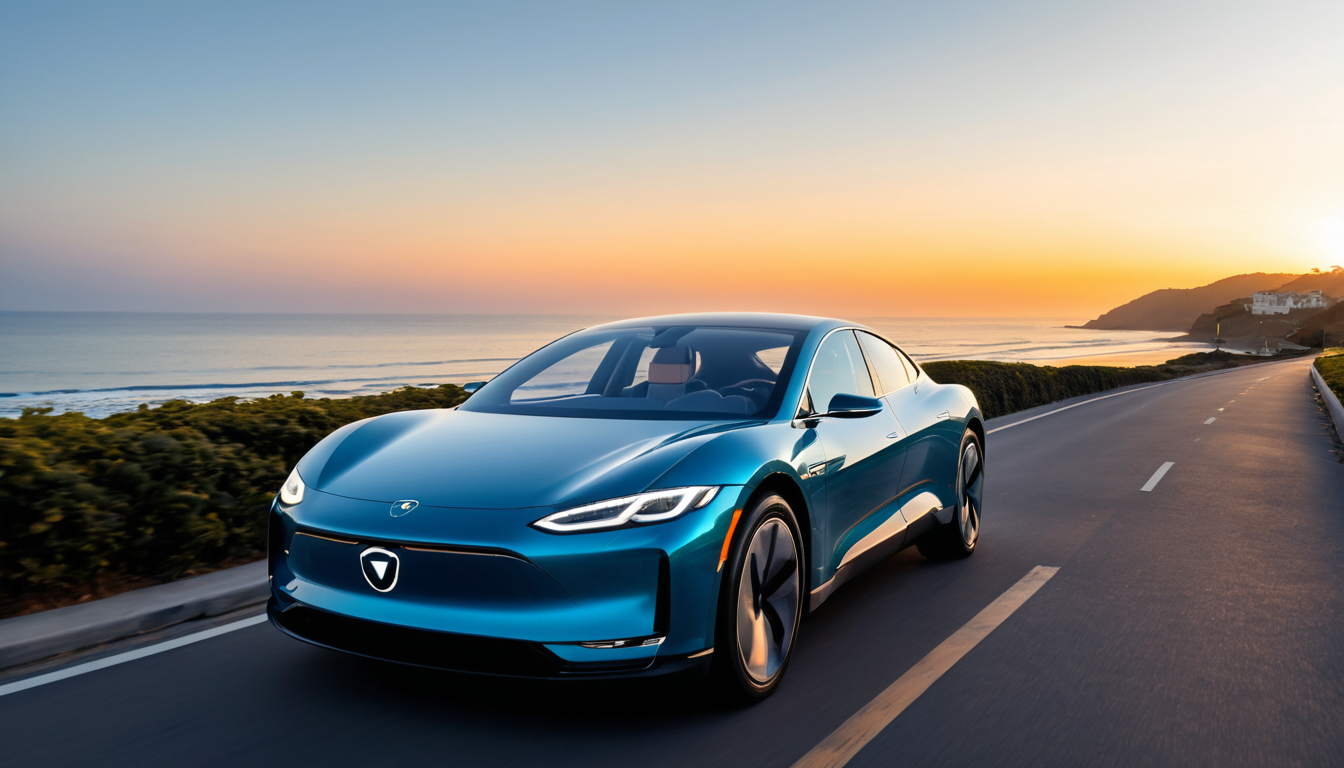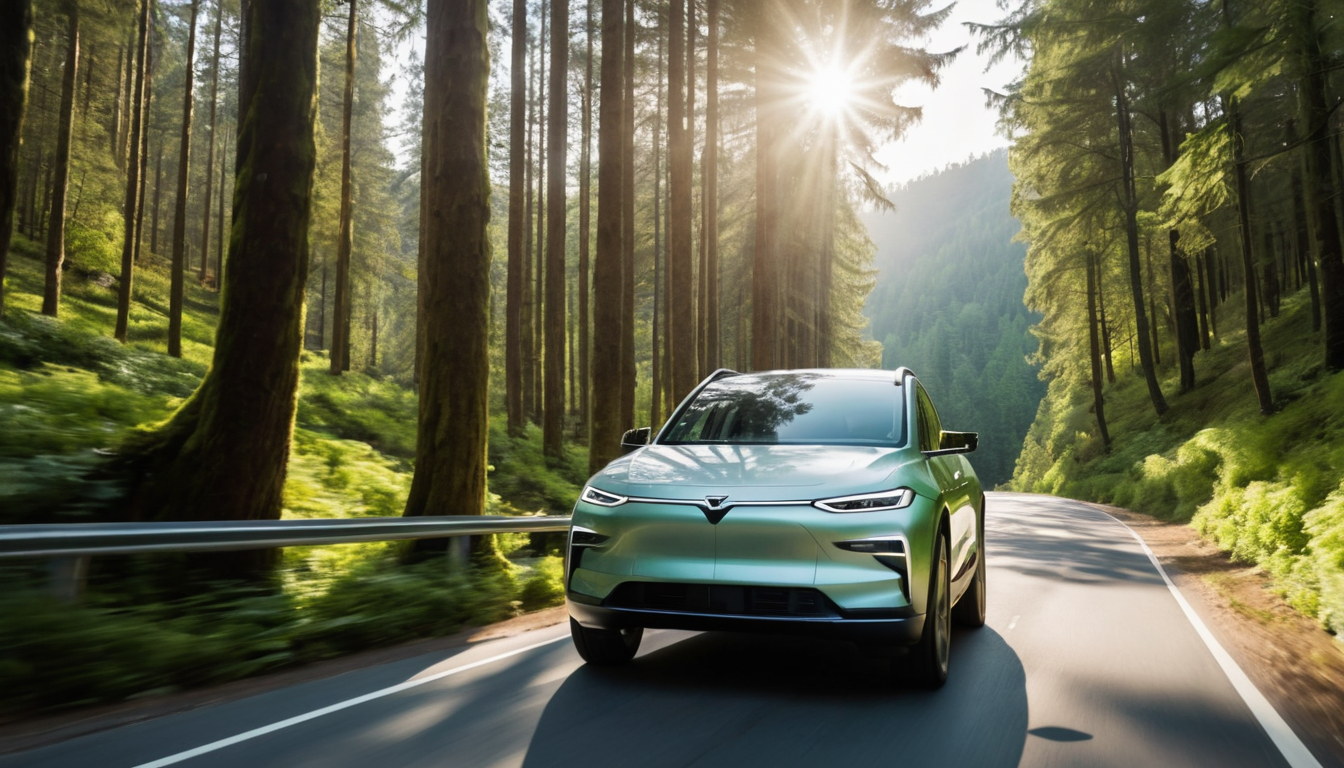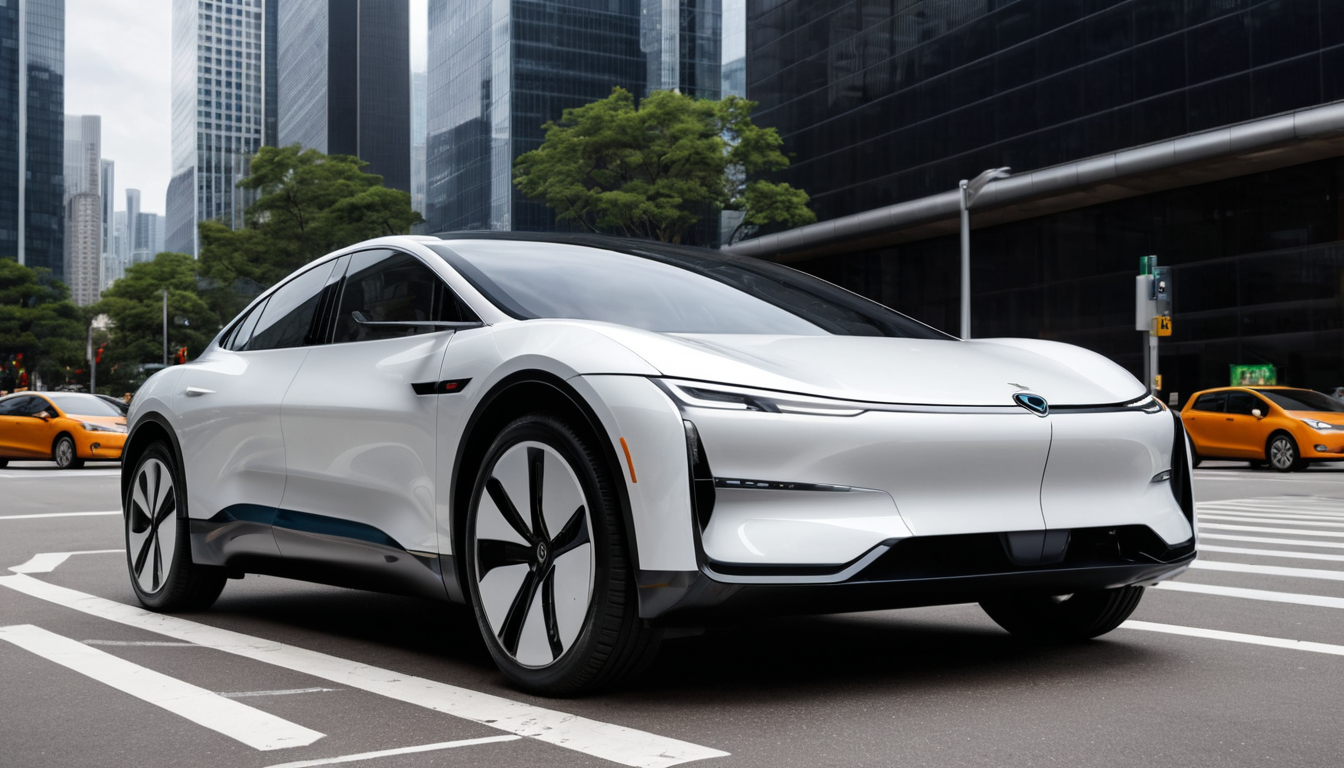The rise of electric vehicles (EVs) is reshaping the way we think about transportation. As more drivers make the shift from traditional gasoline-powered cars to electric alternatives, understanding how to choose the right EV for your lifestyle is crucial. With numerous models available in various regions and a variety of factors to consider, making an informed decision is key to enjoying the full benefits of electric driving.
In this comprehensive guide, we’ll break down everything you need to know about selecting the perfect electric vehicle, focusing on factors such as driving range, battery life, charging infrastructure, and more. We’ll also dive into how geography and lifestyle play significant roles in making the right choice, along with a closer look at some of the most popular EV models around the globe, including Tesla, Nissan Leaf, and Chevrolet Bolt.
Key Factors to Consider When Choosing an EV
Selecting an EV involves more than just picking a model that looks good or is within your price range. Several crucial factors determine whether an electric vehicle will meet your needs and lifestyle demands. Here are the key factors to consider:
1. Driving Range
One of the most important factors when choosing an EV is the driving range. This refers to how far a vehicle can travel on a single charge. Range anxiety—the fear of running out of battery—remains one of the primary concerns for potential EV buyers, but advancements in battery technology have led to significant improvements in this area.
- Short Range (150-200 miles): Best suited for city drivers and those with short daily commutes. Vehicles like the Nissan Leaf (with a range of up to 150 miles) fall into this category.
- Mid Range (200-300 miles): A good balance for most drivers, offering enough range for regular commutes and occasional road trips. The Chevrolet Bolt and Hyundai Kona Electric typically offer ranges around 259 miles.
- Long Range (Over 300 miles): Ideal for those who frequently take long road trips or need a vehicle capable of covering substantial distances. Tesla’s Model S (with up to 370 miles) is a popular example in this category.
When considering range, also take into account how often you plan to drive long distances and where you live. For example, if you live in a city, a shorter range might suffice, but if you’re in a rural area or need to commute long distances, higher range might be crucial.
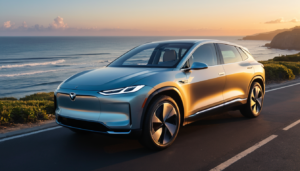
2. Charging Time
Charging time is another important consideration. While EVs are generally more convenient to charge at home using standard electrical outlets, the speed at which the vehicle charges can vary dramatically based on several factors, including the type of charger used.
- Level 1 Charging: This is the slowest charging method, using a standard 120V outlet. It typically provides 2-5 miles of range per hour of charging. While convenient, this method is best suited for overnight charging or if you have access to a dedicated charging station at home.
- Level 2 Charging: This faster method uses a 240V outlet and can provide 10-60 miles of range per hour of charging. Many public charging stations offer Level 2 chargers, and they can charge an EV from empty to full in around 4-8 hours.
- DC Fast Charging: The quickest charging method, providing up to 100 miles of range in just 30 minutes. However, not all EVs are compatible with fast chargers, and these chargers are typically found at highway rest stops or fast-charging stations.
3. Features and Technology
EVs come equipped with various features that can enhance the driving experience, from cutting-edge infotainment systems to advanced driver-assist technologies. Some key features to look for include:
- Autonomous Driving and Safety Features: Tesla is known for its Autopilot feature, which allows semi-autonomous driving, while other EVs like the Nissan Leaf and Chevrolet Bolt offer advanced safety features such as lane-keeping assist, blind-spot monitoring, and automatic emergency braking.
- Infotainment Systems: Look for vehicles with intuitive and easy-to-use infotainment systems. Tesla’s Model 3 and Ford Mustang Mach-E both feature large touchscreen displays with seamless integration for apps like Spotify and navigation.
- Regenerative Braking: A feature in most EVs, regenerative braking helps to recharge the battery while braking, making driving more efficient.
4. Budget and Price Range
EVs can vary greatly in price, with budget-friendly options like the Nissan Leaf starting under $30,000, while luxury models like the Tesla Model S can exceed $100,000. It’s important to factor in both the upfront cost of the car and the long-term savings, especially considering:
- Fuel Savings: EVs typically cost less to operate than gasoline-powered cars, as electricity is cheaper than gasoline on a per-mile basis.
- Incentives and Rebates: Depending on your location, government incentives for purchasing EVs can significantly reduce the overall cost.
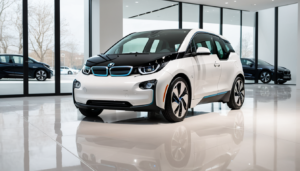
5. Battery Life and Warranty
Battery life is crucial, as the battery is one of the most expensive components in an EV. Most modern EV batteries last between 8-10 years or about 100,000-150,000 miles. That said, it’s essential to consider the manufacturer’s warranty on the battery, which can give you peace of mind. Tesla, for example, offers an 8-year warranty on its battery, which is one of the best in the industry.
EV Models for Different Lifestyles
Choosing the right EV isn’t just about the car itself; it’s also about how the car fits into your daily life. Let’s explore some of the top EV models for various driving needs.
1. For City Driving: Compact and Efficient EVs
City driving often requires smaller, more efficient vehicles that can handle tight spaces, offer great maneuverability, and provide enough range for daily commutes.
- Nissan Leaf: One of the most popular and affordable EVs, the Nissan Leaf is perfect for city driving, offering a range of around 150-200 miles, making it ideal for short trips and daily commutes.
- BMW i3: A compact and unique EV designed for urban environments, with a focus on sustainability and efficient driving.
- Mini Electric: Known for its small size and fun-to-drive nature, this EV is perfect for tight parking situations and city streets.
2. For Long Road Trips: High-Range EVs
For those who enjoy hitting the open road, longer-range EVs are a must. These vehicles not only offer the range you need to cover greater distances but also provide comfort and convenience for extended trips.
- Tesla Model S: With a range of up to 370 miles, the Tesla Model S is perfect for long road trips. Tesla’s extensive Supercharger network ensures that recharging is easy along major highways.
- Ford Mustang Mach-E: With a range of up to 300 miles, this EV offers plenty of room and comfort for longer trips, along with fast-charging capabilities.
Global Charging Infrastructure: What You Need to Know
The charging infrastructure is one of the most important factors to consider when choosing an EV, especially for those who plan to travel long distances. The availability and convenience of charging stations can vary by region, and understanding the differences is key to planning your EV journey.
Europe: Well-Established and Expanding
Europe is a leader in EV adoption and has an extensive charging network, with over 250,000 charging points across the continent. Major networks such as Ionity, Tesla Superchargers, and Enel X are spread out across key routes, making long-distance travel a breeze.
North America: Fast-Growing Infrastructure
While the U.S. and Canada have fewer charging stations compared to Europe, the network is rapidly growing. Tesla’s Supercharger network is one of the most extensive, and other networks like Electrify America and ChargePoint are expanding quickly, especially in urban areas and along major highways.
Asia: Varying Levels of Availability
In countries like Japan and China, EV charging infrastructure is rapidly advancing. China, in particular, leads the way in the number of charging stations, with over 800,000 public chargers in place, making it easy for Chinese drivers to go electric.
EV Incentives and Rebates: Are They Worth It?
Many governments around the world offer incentives and rebates to encourage the purchase of electric vehicles. These incentives can reduce the upfront cost and make EVs more accessible. However, the details and availability of these programs can vary by region.
- United States: The Federal EV Tax Credit offers up to $7,500 for qualified EV purchases, and many states have their own incentives, including rebates, tax credits, and reduced registration fees.
- Europe: Countries like Norway, the Netherlands, and Germany offer substantial EV incentives, including tax exemptions, free parking, and even grants to reduce the price of an EV.
- Canada: Offers federal and provincial rebates for purchasing electric vehicles, with amounts varying depending on location.
While these incentives can significantly reduce the cost of buying an EV, it’s important to research the specific programs available in your region.
Long-Term Considerations: Maintenance and Battery Life
EVs require less maintenance than traditional vehicles, as they have fewer moving parts. However, there are still a few long-term considerations to keep in mind.
Battery Degradation
EV batteries naturally degrade over time, meaning their range will decrease as they age. However, most EVs come with warranties that cover the battery for up to 8 years or 100,000 miles, which should give you peace of mind.
General Maintenance
EVs have fewer parts that need regular maintenance. There’s no need for oil changes, and brake wear is typically lower due to regenerative braking. However, you’ll still need to replace tires, maintain the suspension, and check the braking system.
Conclusion
Choosing the right electric vehicle for your lifestyle depends on a variety of factors, including driving range, charging infrastructure, and specific vehicle features. By considering your needs and understanding the global landscape of EVs and charging options, you can make an informed decision that aligns with your lifestyle and driving habits.
Whether you’re looking for a city-friendly compact car or a long-range EV for road trips, there are options available to fit every need and budget. With the global EV market growing rapidly, there has never been a better time to go electric. By choosing wisely, you can reduce your carbon footprint and embrace the future of driving.
For more detailed information on EV models and industry trends, check out resources like InsideEVs, EVgo, and Tesla’s official blog.

